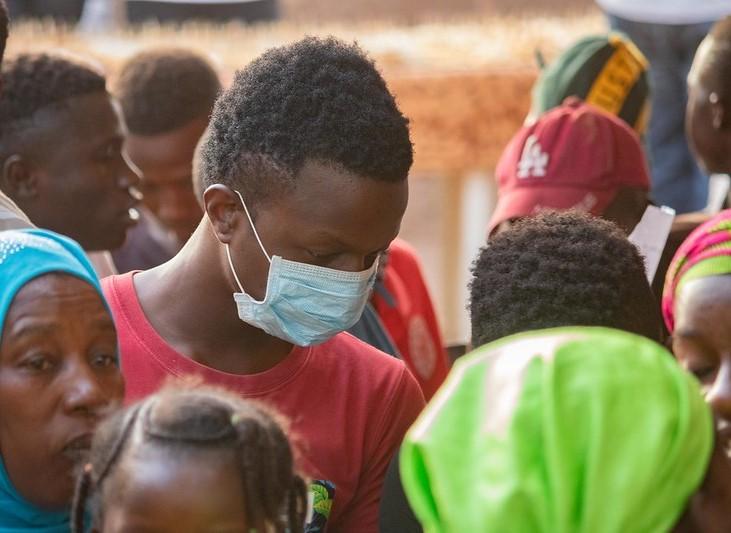From March 2020 to the emergence of the Omicron variant in late 2021, about 3.8 billion COVID-19 infections and reinfections occurred, with nearly 44% of the world's population infected at least once but with wide regional variations, estimates a statistical analysis of 190 countries and territories published late last week in The Lancet.
Led by Institute for Health Metrics and Evaluation researchers, the COVID-19 Cumulative Infection Collaborators created and refined statistical models of global and location-specific daily and cumulative COVID-19 infections using data from Johns Hopkins University, national databases, and seroprevalence surveys, adjusting for lags in reporting, undercounting of deaths, waning antibody sensitivity, vaccinations, and reinfection by SARS-CoV-2 variants.
No indication of herd immunity
Worldwide, new daily COVID-19 infections ranged from 3 million to 17 million from April 2020 to October 2021, peaking in mid-April 2021, largely due to case surges in India. Up to Nov 14, 2021, an estimated 3.8 billion total COVID-19 infections and reinfections occurred, with about 3.4 billion people (43.9% of the world's population) infected at least once.
Of all infections and reinfections, 1.3 billion occurred in South Asia, the highest count of all regions, but the highest infection rate (79.3%) was in sub-Saharan Africa. High-income countries had the fewest cases, at 239 million, while Southeast Asia, East Asia, and Oceania had the lowest infection rate (13.0%). The rate in the United States and Canada was 30.9%, while the rate in Western Europe was 48.9%
The total percentage of the population infected at least once ranged from 20% in 39 countries to more than 70% in 40 countries. Total immunity was not related to infections over time by location and day based on assumed time from infection to infectiousness and the length of time a person was infectious.
Even at 80% total immunity, there was no indication of an abrupt decline of infections, which the researchers said suggests no clear indication of herd immunity in the data.
'Staggering impact on the world'
The researchers called the study the first comprehensive analysis of worldwide daily and cumulative COVID-19 infections to date and the most robust owing to their combination of ratios of infections to detections, infections to hospitalizations, and infections to deaths.
"COVID-19 has already had a staggering impact on the world up to the beginning of the omicron (B.1.1.529) wave," the study authors wrote. "The vast differences in cumulative proportion of the population infected across locations could help policy makers identify the transmission-prevention strategies that have been most effective, as well as the populations at greatest risk for future infection."
The findings may also inform targeted infection-prevention measures such as vaccine prioritization, they added: "Our statistical approach to estimating SARS-CoV-2 infection, which can be applied routinely and will allow for rapid availability of estimates, will be crucially important for research, science, and policy efforts towards pandemic preparedness, response, and control in the coming months and years. It has and continues to be made freely available to all on a routine basis."
In a commentary in the same journal, Kayoko Shioda, PhD, DVM, MPH, and Ben Lopman, PhD, both of Emory University, said the study estimates are likely more robust than those of previous studies, which probably reflected only a small fraction of all COVID-19 cases. "These estimates of total infections are wildly different from the number of reported cases, which stood at 254 million as of Nov 14, 2021," they wrote.
The estimates also highlight large regional differences that haven't been reflected in reported COVID-19 infections, as well as sharp differences in case detection. "From case reports, one would conclude that the highest cumulative incidence was observed in Europe and North America and the lowest in Africa," Shioda and Lopman wrote.
"However, this study estimated that 70.5% (61.6–75.9) of the population in sub-Saharan Africa has been infected with SARS-CoV-2, compared with 30.9% (28.8–32.8) of the population in high-income North America."





















